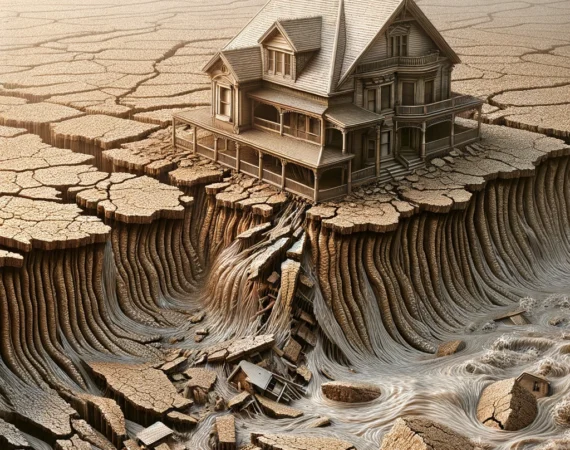Challenges of Constructing in Extreme Environments
Building Against the Elements
Constructing in extreme environments presents a unique set of challenges that push the limits of engineering and technology. From the icy expanses of the Arctic to the scorching deserts and the depths of the ocean, each environment demands specialized strategies and innovative solutions. This blog post delves into the complexities of building in these harsh conditions and the ingenious methods used to overcome them.
Key Challenges in Extreme Environments
- Arctic and Antarctic Conditions: The extreme cold, ice, and remote locations make transportation and construction difficult. Materials must be able to withstand severe temperatures and freezing conditions.
- Desert Climates: Extreme heat, sandstorms, and arid conditions require buildings to be designed for thermal efficiency and dust resistance.
- Underwater and Offshore: Building underwater or on the ocean surface presents challenges in terms of structural integrity, corrosion resistance from saltwater, and pressure handling.
Innovative Construction Techniques and Materials
- Insulated Concrete Forms (ICFs) and Aerogels: Used in polar regions for their superior insulation properties.
- Reflective and High-Albedo Materials: Employed in deserts to reflect sunlight and reduce heat absorption.
- Corrosion-Resistant Alloys and Robotic Installation: Utilized in underwater constructions to enhance longevity and precision.
The Role of Technology in Facilitating Construction
Advanced technology plays a crucial role in constructing in extreme environments:
- Drones and Autonomous Vehicles: Provide logistics support and perform hazardous construction tasks, reducing human exposure to dangerous conditions.
- Virtual Reality (VR) and Augmented Reality (AR): Used for planning and simulating construction processes in a controlled environment before actual implementation.
- 3D Printing: Allows for on-site manufacturing of parts and structures, reducing the need for extensive transportation of materials.
Case Studies: Success Stories from the Field
- The Halley VI Research Station, Antarctica: A modular structure built on skis, allowing it to be relocated in response to shifting ice conditions.
- Masdar City, UAE: An eco-city project employing smart technologies and sustainable practices tailored for desert environments.
Challenges and Considerations
Despite the innovations, building in extreme environments involves:
- High Costs: The logistical and material challenges significantly drive up the costs.
- Environmental Impact: Careful consideration is required to minimize the ecological footprint of construction activities.
- Safety Concerns: Ensuring the safety of construction crews in hostile environments remains a priority.
Conclusion
Building in extreme environments tests the ingenuity and resilience of the construction industry. These projects not only provide valuable living and research spaces but also push the boundaries of what is architecturally and technically possible, paving the way for future innovations in construction technology.




